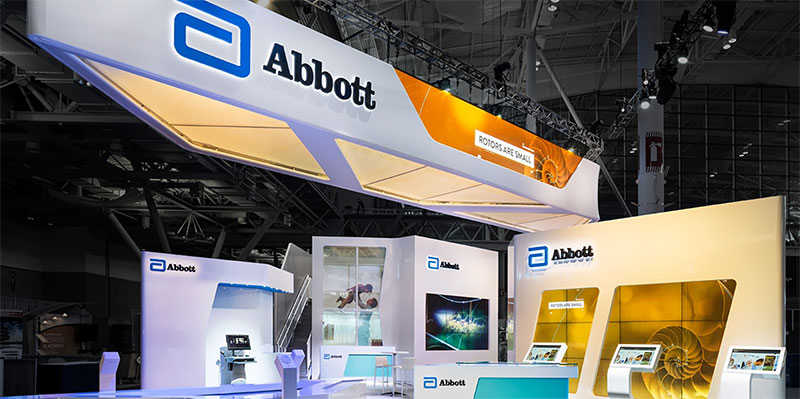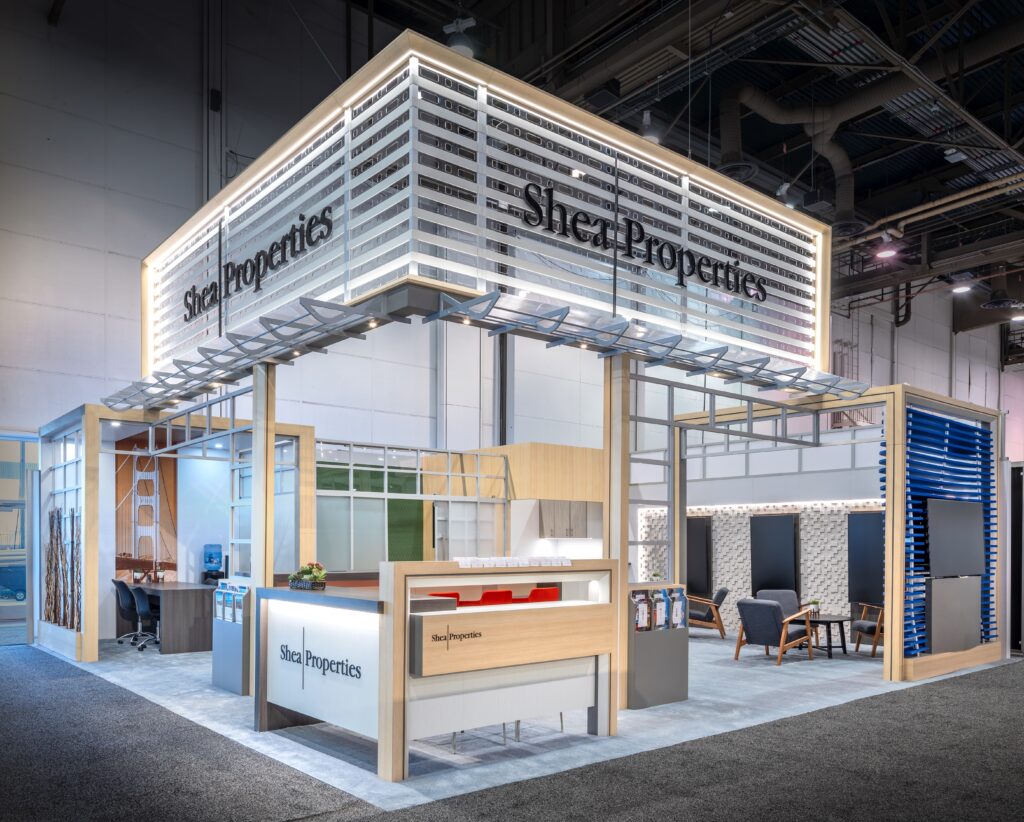When it comes to promoting your next event, you’ll want to make sure all hands are on deck—or rather, on all marketing channels. After all, you’ll need to promote your event content across the web if you want to get attendees signed up, excited, and informed ahead of the big day.
While building a brand presence in multiple places at once is vital in today’s crazy algorithm-driven market, the key thing to think about is making sure you pick and choose the right combination of channels.
The goal is more about reaching the people that stand to get the most value out of your event, not being on every platform just because.
Below, we’ll look at a few things event marketers should know about mixing paid ad strategies before diving head first into the complex bidding landscape.
What’s the Difference Between Paid Search and Paid Social?
Ads are ads, right? Well… not so much. Before we start exploring the world of paid search versus paid social, it’s important to understand the differences between the two. Here’s a quick breakdown of how and when you might use paid search and paid social:
Paid Search
Paid search advertising platforms display ads to users when they type in a specific search query. Google Ads, of course, is the biggest name in the search game, and then you have Bing, Yahoo, and to a certain degree, Amazon.
Where paid search really shines is in its ability to reach people when they’re actively looking for something that you have to offer. Generally, this audience knows what they want–or at least they know they want something. As such, searchers are often close to being ready to make a purchase–which is great for driving conversions.
For example, if someone searches online for “marketing events February 2020,” there’s a good chance that this person is researching conference possibilities or considering how they might spend their marketing budget in Q1.
To reach these people, you’ll want to run some paid search ads that reach people searching for keywords like “marketing events winter 2020” or “best digital marketing conferences 2020” to get in front of that high-intent group.
Now, the challenge with paid search comes from the fact that you're targeting people that already know what they're looking for. Click To Tweet And while you can choose to build ads around keywords that people actually search for, you’re leaving out all of the people who should be at your upcoming event, but don’t know it yet.
Which brings us to our next section, paid social, which traditionally aims to fill in some of the blanks left by Google Ads.
Paid Social
Instead of waiting for prospective attendees to Google something related to your next event, you can take matters into your own hands.
Compared to paid search ads, paid social ads provide a more passive experience. You’ll find them right there next to posts from your friends, family, and favorite influencers. Keep in mind, paid social isn’t a uniform strategy, as just about every social platform comes with some form of paid advertising.
Facebook, Instagram, LinkedIn, YouTube, Twitter, or even Reddit or Pinterest are all players in this game. Consider paid social as a modern relative of billboards or TV ads– they’re often used to create awareness or remind consumers that your solution is a good one.
But–where social ads have an edge on TV spots is in the data collection and tracking tools–like Twitter Analytics or Facebook Insights. The benefit here is, you can see how your ads are performing and make adjustments as you go.
So, if you’re marketing an event and you want more people to visit your website, you might run ads on Facebook and LinkedIn, targeting people with similar interests to last year’s attendees.
The goal is for people to see your ad and either click through to a dedicated event landing page or Google your company to learn more. Maybe they’ll follow you on one of these platforms or sign-up for email updates or push notifications. The point is–paid social is perfect for reaching people that may never have found you otherwise.
Find Your Audiences
Let’s first start with who we want to advertise to. Using Google Ads, Google Analytics, Twitter, Facebook, and others, you can build personas that match the type of people you’d like to meet at your event.
For B2B events, LinkedIn and Facebook are great places to start. Both platforms allow you to target users based on job titles, interests, and groups, increasing the odds you’ll get your ads in front of more qualified leads. Keep in mind, different platforms come with different insights.
Here’s just one category you can use in Facebook:

Source
And inside LinkedIn’s dashboard:
What Goals Do You Have For this Event?
Before you get started with your advertising plan, write down what you hope to accomplish with this event. In other words, why are you doing this? To introduce a product? Meet new contacts?
If your company is like most brands, those goals might include: increasing brand awareness, generating leads, making connections, and positioning themselves as an authority in their niche market.
This example from HubSpot is designed to drive webinar sign-ups directly from the Facebook feed.

Source
The example above directs users to your Messenger bot, but you’ll also have the option to connect your ad to an off-site landing page or use a form like this one so users can sign up without leaving Facebook.

Source
Add Extensions to Paid Search Ads
Paid search extensions are sometimes overlooked, but happen to be a pretty effective tool for event marketing. The reason this strategy works is, A–your ad takes up more real estate than the average plain text ad. And B–searchers can quickly access a link to the information they want like an event schedule or the registration page.
Additionally, extensions provide an opportunity to highlight several pieces of information at once without creating a disaster of a landing page. Google goes over some ways to align extensions with specific goals here.
Create a Cohesive, Cross-Channel Brand
Everything a potential customer might see is a touchpoint. From the way you phrase things in your sponsored LinkedIn posts to the videos in your knowledge base and the emails you send, they’re all part of a greater whole.
Don’t let inconsistencies creep up on you. All it takes is using the wrong color scheme here, or a different graphic there – and just like that, your cross-channel engagement strategy now looks like it’s coming from a bunch of vaguely similar, but different brands. Confusing, right? Brand consistency helps make sure that customers recognize your brand no matter where they find you, but beyond that, it’s also about building trust.
With that in mind, you’ll want to make sure that you treat paid search and paid social as one cohesive strategy that blends in with your website and whatever you’ve got planned for the big event. Because remember, even your trade show booth is a touchpoint.
Is One Option Better than the Other?
Is one paid strategy better than the other? Not exactly. In the past, some Google Ads pros would advise against spending significant ad dollars on Facebook Ads or boosted Tweets as ROI was harder to track.
Today, all of the socials provide solid reporting tools–which can be further enhanced with other third-party platforms. Either way, you’ll be able to see which channels drive the most traffic (through Google Analytics), which posts resonate most with your audience, and so on.
We should also mention that the once defined line between search and social ads is blurring. Google Ads include YouTube awareness campaigns and the ability to reach people on Google Discover, or on the Display Network.
For those who don’t know, Display Ads are those static image ads you’ll see when you read certain blogs or scroll through YouTube–in other words, awareness campaigns you can buy through the primary paid search provider.
Bottom Line: There’s Room for More than One Digital Ad Strategy
In the end, we’d recommend using a combination of paid search and paid social strategies, regardless of your industry or goals for your event.
Google Ads can be adapted to any business type, and as mentioned, come in a range of formats designed for different outcomes.
On the social side, you’ll want to make sure that you understand your customer enough to know where they hang out online and how to reach your audience on that channel.
That said, your mix of social channels depends on your industry, audience, and what you’re trying to do with your event strategy on the whole. That’s why it’s so important to understand how each marketing channel works, its strengths and weaknesses, and what it can do for your business.
You’ll still need to build a strategy, test different ad variations, and make little tweaks along the way, of course, but getting the right channel mix is the first step toward building a paid search and paid social stack that drives registration. Plus it’s a good way to prove to the boss that your ad spend is delivering actual ROI.
If you’ve seen our website, you already know that Echelon Design is all about custom builds and event displays that dazzle attendees. But, did you know we also help brands put together a marketing plan that fits right in with their on-site efforts? Click here to learn more about how we can help with search, social, and a whole lot more.





